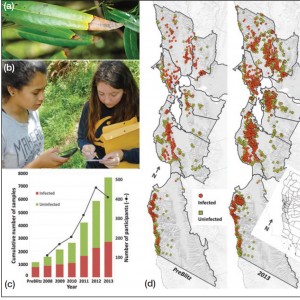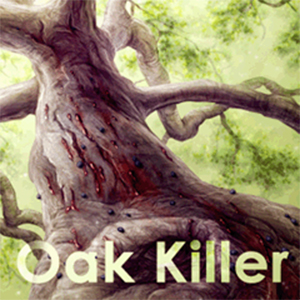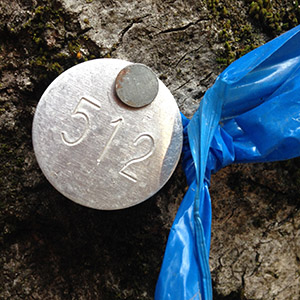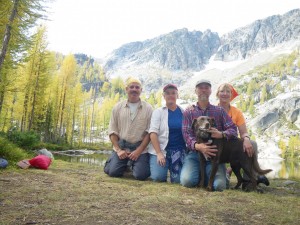Topic:
What to do before SOD arrives in your area.
Recommendation:
To help prevent the spread of SOD in ornamental plants you purchase, ensure that they come from a facility that is regularly tested for P. ramorum. Make sure that wood from trees in SOD-infected areas is not moved to uninfected locations. Ensure that shoes, vehicle tires, and tools are free of soil and organic debris that might harbor the disease.
Careful brushing tools or air-blowing all soil and organic matter from them is normally sufficient to eliminate the risk of contagion. If driving on dirt roads during the rainy season in highly infested areas, wash the vehicle before returning home or visiting SOD-free areas. Preventative application of phosphonate compounds may help slow the spread of the disease in uninfected trees.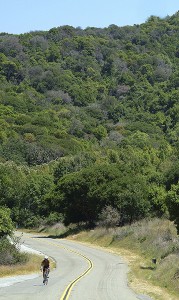
Familiarize yourself with the distribution of SOD using our SOD Disease Distribution maps, SODmap Mobile app, or OakMapper, and learn to identify early symptoms on bay laurels and tanoaks. The California Oak Mortality Task Force is a comprehensive source for the latest information on SOD. Contact your county Department of Agriculture officer for testing and participate in the SOD Blitz Survey Project held each year from April to June.
Research behind the Recommendation:
P. ramorum is dispersed aerially usually at short distances 100 yards or less, but occasionally up to 1-2 miles. Movement of infected plants or plant parts, soil, and water may lead to new infestations. The current distribution of SOD is updated on our maps each year. Only a lab test can confirm SOD and early detection of SOD is best to maximize chances of slowing its spread.
Links and References:
- How do you test for SOD?
- Protecting Trees from SOD before Infection
- SOD Disease Distribution Maps
- suddenoakdeath.org









